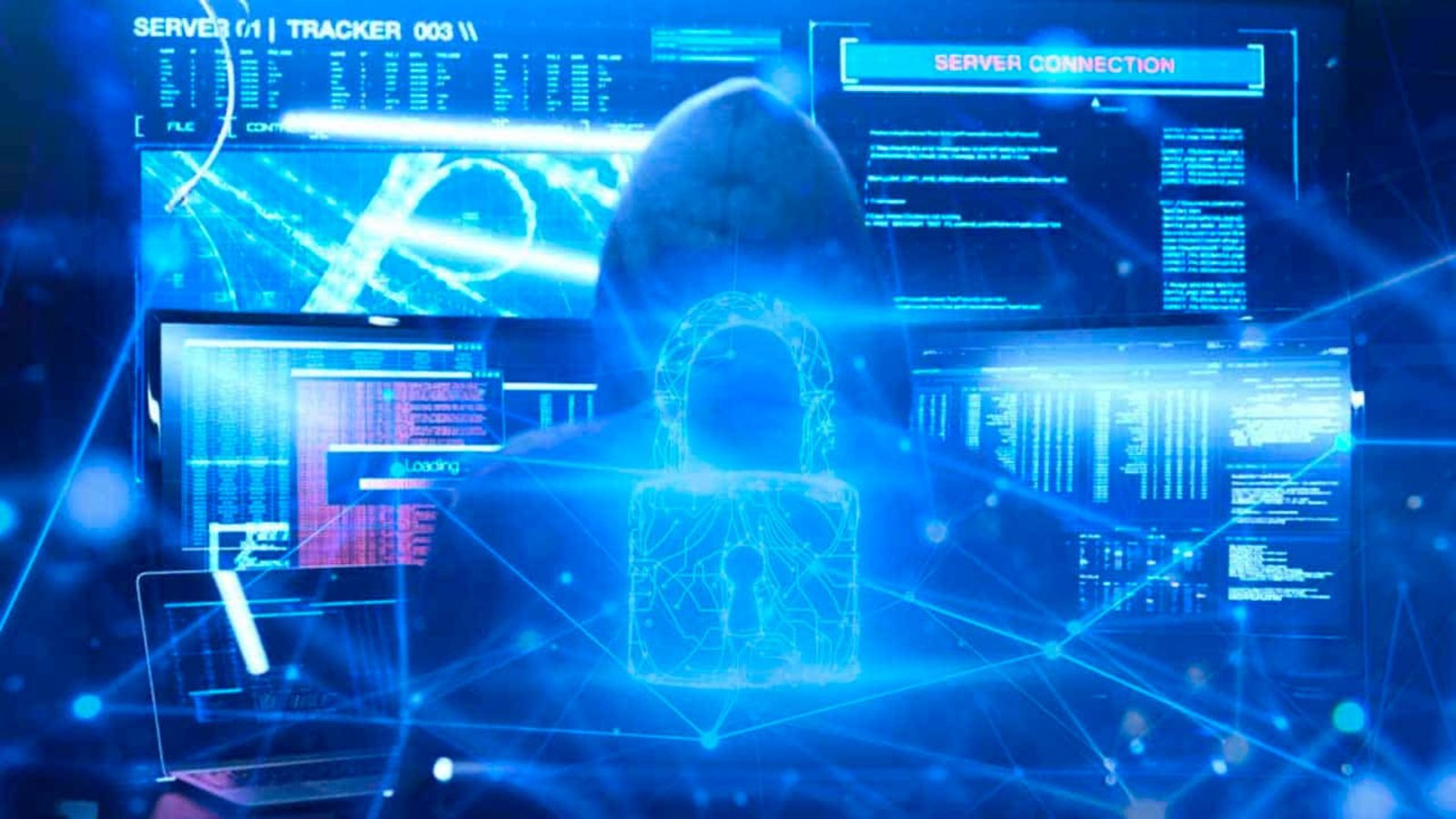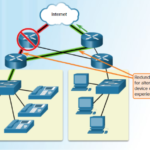Tips for Protecting Your Video Conferencing from Hackers
Protecting your video conferencing from hackers is essential in today’s digital world. As more businesses and individuals rely on video meetings for communication, ensuring the security of these virtual gatherings has become crucial. Here’s how you can safeguard your video conferences from unauthorized access and cyber threats.
1. Use Strong Passwords
The first step in protecting your video conferencing from hackers is to use strong passwords. Create passwords that are difficult to guess, combining letters, numbers, and special characters. Avoid using easily accessible information like birthdays or common words. Ensure that each meeting or conference has a unique password.

2. Enable Waiting Rooms
Many video conferencing platforms offer a “waiting room” feature. This allows the host to screen participants before they join the meeting. Enabling waiting rooms can prevent unauthorized individuals from entering your conference. It adds an extra layer of security by giving you control over who can access the meeting.
3. Update Your Software Regularly
Keeping your video conferencing software up-to-date is crucial for security. Software updates often include patches for vulnerabilities and security flaws. Regularly check for updates and install them to ensure you have the latest protections against cyber threats.
4. Use Encryption
Encryption is a powerful tool for protecting your video conferencing from hackers. Ensure that your platform uses end-to-end encryption, which secures the data transmitted between participants. This means that even if a hacker intercepts the data, they cannot read it without the encryption key.
5. Lock Your Meetings
Locking your meetings once all participants have joined helps protect your video conferencing from unauthorized access. This feature prevents new participants from entering the meeting, reducing the risk of “zoom bombing” or other disruptions. Use this feature to maintain control over who can join your conference.
6. Share Meeting Links Securely
Be cautious when sharing meeting links. Avoid posting them on public forums or social media where they might be accessed by unauthorized individuals. Instead, send links directly to participants through secure channels such as email or encrypted messaging apps.
7. Educate Participants
Educating participants about video conferencing security is key. Ensure that everyone involved understands the importance of maintaining confidentiality and following best practices. Provide guidelines on how to recognize and report suspicious activity during meetings.
8. Implement Access Controls
Control who can join and access your video conferencing. Use features that allow you to set permissions for participants. For example, restrict the ability to share screens or access files to only certain individuals. This limits the potential for unauthorized actions during the conference.
9. Monitor Meeting Activity
Monitoring meeting activity can help you detect any suspicious behaviour. Most video conferencing platforms offer tools to track participant actions and interactions. Regularly review these logs to identify any unusual activity that might indicate a security breach.
10. Use Multi-Factor Authentication
Multi-factor authentication (MFA) adds an extra layer of security by requiring additional verification beyond just a password. Enable MFA for your video conferencing accounts to make it harder for hackers to gain access, even if they have your password.
11. Manage Permissions Carefully
Be mindful of permissions granted to participants. Only provide the necessary permissions needed for their role in the meeting. For instance, if someone does not need to share their screen, don’t grant them that capability. Managing permissions carefully can reduce the risk of accidental or intentional security breaches.
12. Regularly Review Security Settings
Periodically review and update your security settings to ensure they meet current standards. Video conferencing platforms often update their security features, so staying informed about these changes can help you maintain optimal protection.
13. Avoid Public Wi-Fi for Sensitive Meetings
Using public Wi-Fi can expose your video conferencing to potential security risks. For sensitive meetings, use a secure and private network to ensure that your connection is protected from potential interception or cyber-attacks.
14. Back Up Important Data
Backing up important data and meeting recordings is a good practice. In case of a security incident, having backups ensures that you can recover essential information and minimize disruptions to your work.
15. Respond Quickly to Security Incidents
If you suspect a security breach, act quickly to mitigate the impact. Disconnect the affected meeting, change passwords, and notify participants of the incident. Having a response plan in place can help you handle such situations effectively.
Conclusion
Protecting your video conferencing from hackers involves a combination of strong security practices and vigilant monitoring. By using strong passwords, enabling waiting rooms, updating software regularly, and educating participants, you can significantly reduce the risk of unauthorized access and cyber threats. Implementing these tips will help you maintain secure and effective video communications.



